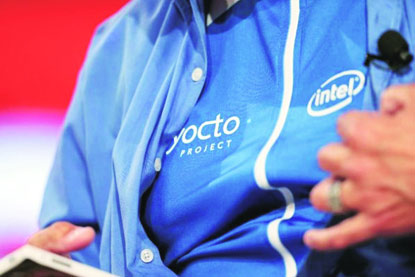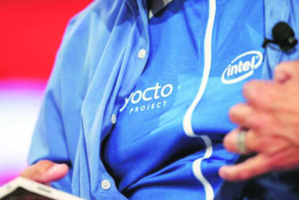Analysts agree that wearable gadgets become one of the main trends of the future international shows. In an interview with EE Times, head of the consulting firm Creative Strategies Tim Bajarin said he expects to see interesting developments in the field of "smart" clothing at the event.
According to him, many of sports industry exponents will demonstrate a variety of hats, shirts and even shorts with built-in sensors that can be used to track performance of user activity during exercise. In addition, the expert looks forward to see a variety of jewelry and other accessories related to the world of fashion, also endowed with smart features.
Analyst Bob O'Donnell at TECHnalysis Research also expects close cooperation between manufacturers of gadgets and clothes, noting that introduction of smart functions in wardrobe items and other accessories will make everyday wearable electronics less noticeable.
It is worth noting that various prototypes of "smart" clothes have appeared before. For example, at a conference in May 2014, the US chip maker Intel demonstrated a "smart" shirt. Built-in wireless sensors can transmit data on some physiological parameters to the owner's smartphone, allowing assessing emotional state and health of the person.
Brian Krzhanich, Intel CEO himself, featured this shirt. He hastened to declare that the company will not produce its own high-tech clothing and other portable devices such as "smart" bracelets. Instead, Intel will supply partners with components and technology development needed for production.
Intel's attention in wearable computers will focus on interaction with eyes, ears, wrists and torso of the user as explained Krzhanich. Sensors and battery, embedded in the shirt, are resistant to rain. However, the producer recommends removing the battery before washing.
Recently, Japanese retailers offered "smart" shoes with built-in GPS-receiver, which will not allow their owners get lost in a big city. The innovative footwear is designed primarily for the elderly and children.
According to the developers, "smart" shoe can come in handy for this group of citizens. Old people often suffer from impaired memory, and kids just cannot sit still. To convenience of their relatives, owners of such shoes can be traced via smartphone.
There are also examples of other types of "smart" shoe. In 2015, the famous sports equipment manufacturer Nike introduced self-lacing sneakers Nike Mag, just like in the movie "Back to the Future". However, this is just a limited edition, designed primarily for fans of the trilogy.
source: eetimes.com
According to him, many of sports industry exponents will demonstrate a variety of hats, shirts and even shorts with built-in sensors that can be used to track performance of user activity during exercise. In addition, the expert looks forward to see a variety of jewelry and other accessories related to the world of fashion, also endowed with smart features.
Analyst Bob O'Donnell at TECHnalysis Research also expects close cooperation between manufacturers of gadgets and clothes, noting that introduction of smart functions in wardrobe items and other accessories will make everyday wearable electronics less noticeable.
It is worth noting that various prototypes of "smart" clothes have appeared before. For example, at a conference in May 2014, the US chip maker Intel demonstrated a "smart" shirt. Built-in wireless sensors can transmit data on some physiological parameters to the owner's smartphone, allowing assessing emotional state and health of the person.
Brian Krzhanich, Intel CEO himself, featured this shirt. He hastened to declare that the company will not produce its own high-tech clothing and other portable devices such as "smart" bracelets. Instead, Intel will supply partners with components and technology development needed for production.
Intel's attention in wearable computers will focus on interaction with eyes, ears, wrists and torso of the user as explained Krzhanich. Sensors and battery, embedded in the shirt, are resistant to rain. However, the producer recommends removing the battery before washing.
Recently, Japanese retailers offered "smart" shoes with built-in GPS-receiver, which will not allow their owners get lost in a big city. The innovative footwear is designed primarily for the elderly and children.
According to the developers, "smart" shoe can come in handy for this group of citizens. Old people often suffer from impaired memory, and kids just cannot sit still. To convenience of their relatives, owners of such shoes can be traced via smartphone.
There are also examples of other types of "smart" shoe. In 2015, the famous sports equipment manufacturer Nike introduced self-lacing sneakers Nike Mag, just like in the movie "Back to the Future". However, this is just a limited edition, designed primarily for fans of the trilogy.
source: eetimes.com






